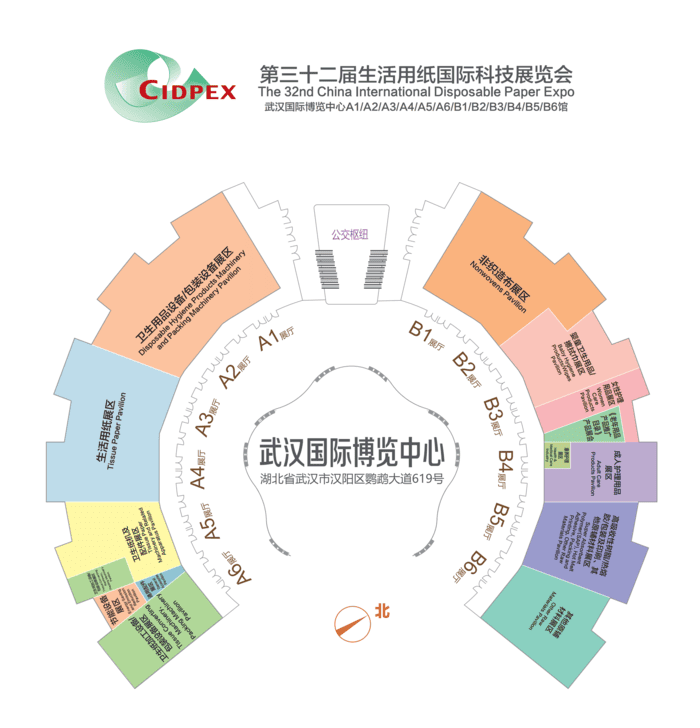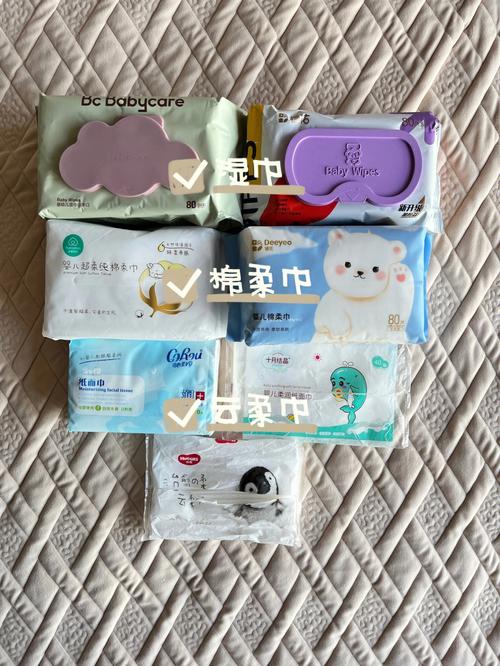Case Analysis on Improving Quality and Reducing Costs | Optimizing the “Long Fiber Ratio” Process in Papermaking to Produce Cost-Effective, High-Quality Paper
Paper is an integral part of our daily lives. Annually, the global consumption of household paper reaches 40 million tons, with China accounting for 10 million tons. But, do you know which factors influence the price and quality of paper?
Pulp material is a key determinant of paper’s price and quality. Currently, the overall market economy has led to rising pulp costs, thereby increasing the production costs in the papermaking industry.
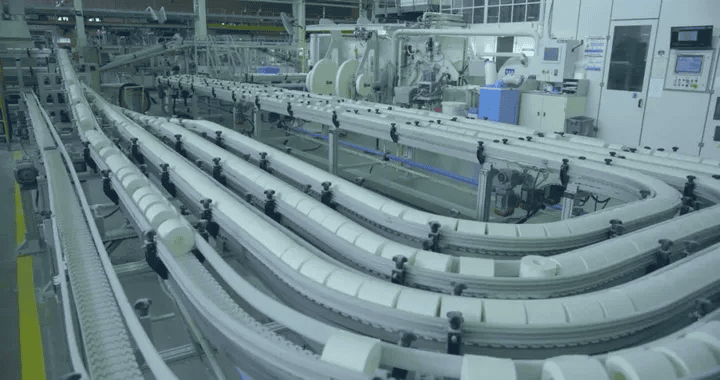
Moreover, similar to industries like construction materials and food, the papermaking industry relies on natural resources, which are diverse and fluctuate in composition. The challenge lies in using these inconsistent materials to produce standardized, uniform products.
In response to rising material costs and quality instability, papermaking companies focus on optimizing their processes to maximize the value of pulp materials, a crucial step in enhancing quality and reducing costs.
The amount of long and short fiber pulp directly impacts production costs. Factories buy both types: long fiber enhances strength and durability, while short fiber makes paper softer and more absorbent. Manufacturers mix these fibers in various ratios to produce different paper qualities.
However, the cost difference between the two pulp types is significant, around 800 yuan per ton. To offer affordable, high-quality paper, manufacturers carefully balance long fiber use while maintaining paper characteristics.
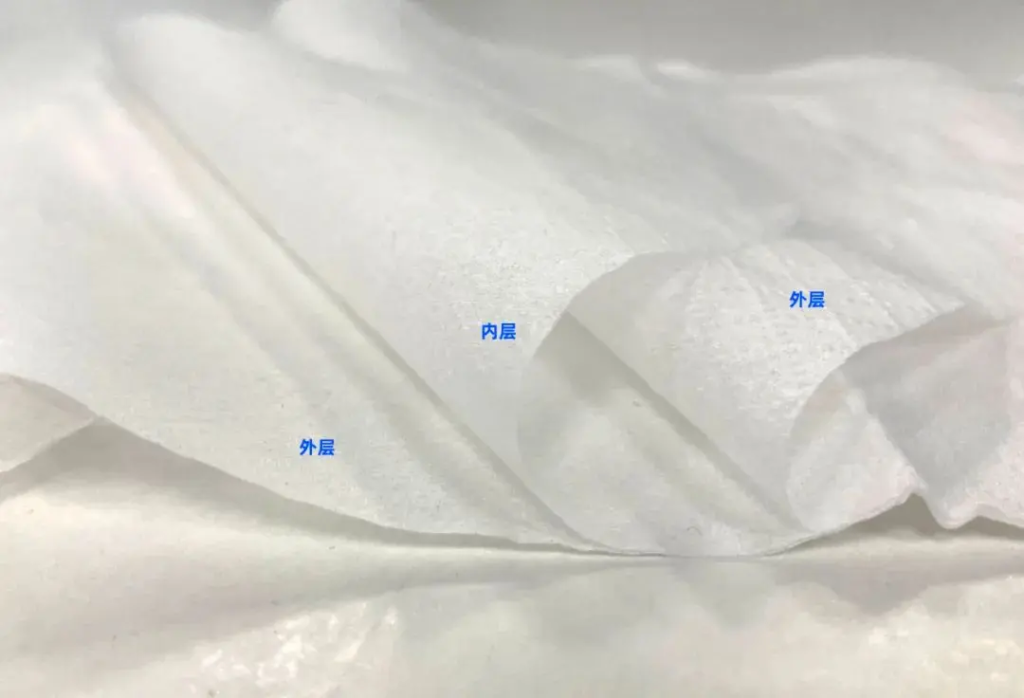
Commonly, toilet paper comes in 2, 3, or 4-ply varieties, each layer serving a purpose. Typically, the outer layer has more long fiber for toughness, while inner layers have more short fiber for consistency, ensuring overall quality while managing costs.
Yet, in practice, long fiber usage often exceeds theoretical values by 2%-3%, raising production costs. Increasing long fiber use beyond a certain point doesn’t enhance performance further.
While many manufacturers aim to control long fiber use through management and equipment, the optimal mix varies across production lines and products, presenting a challenge.
Digitization helps maintain the ratio of long and short fiber pulp within minimal fluctuations. Detailed records and data analysis are foundational for controlling fiber ratios in this process industry.
With paper companies’ digital upgrades, analyzing production data becomes easier, enhancing fiber ratio control.
Drawing on South China University of Technology’s research and POI-Tech’s innovative methods, they offer smart hardware and a cloud platform to optimize pulp usage, continuously narrowing the control range to reduce costs.
For instance, a plant producing 4500 tons of paper monthly can save over 850,000 yuan annually. By adjusting the pad layer pulp to short fiber, the long fiber ratio decreases, yielding significant cost savings.
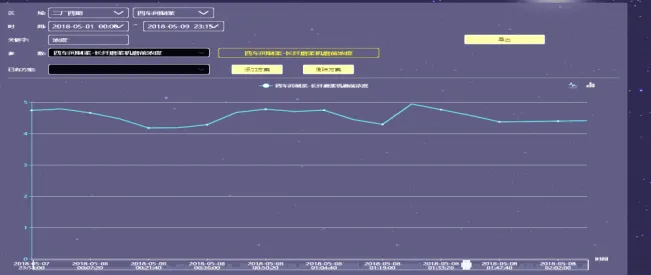
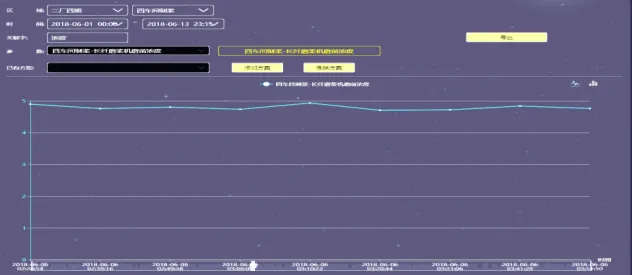
POI-Tech is continuous digital development in the paper industry has enabled centralized equipment monitoring, quick issue resolution, and efficiency improvements, equivalent to adding a virtual factory’s capacity, ensuring stable production.

